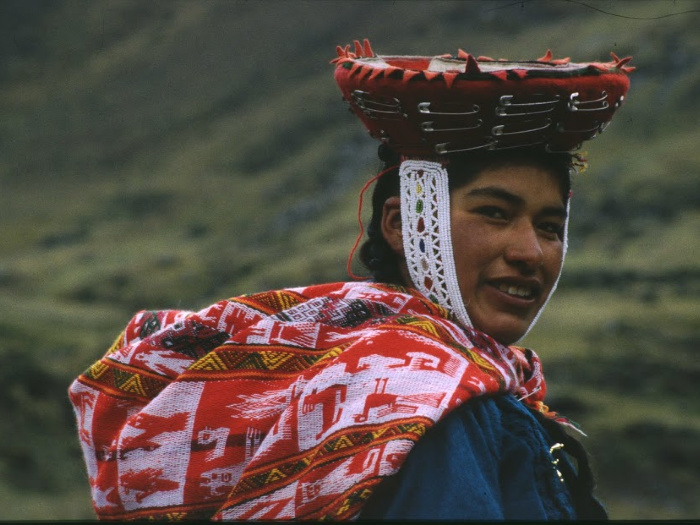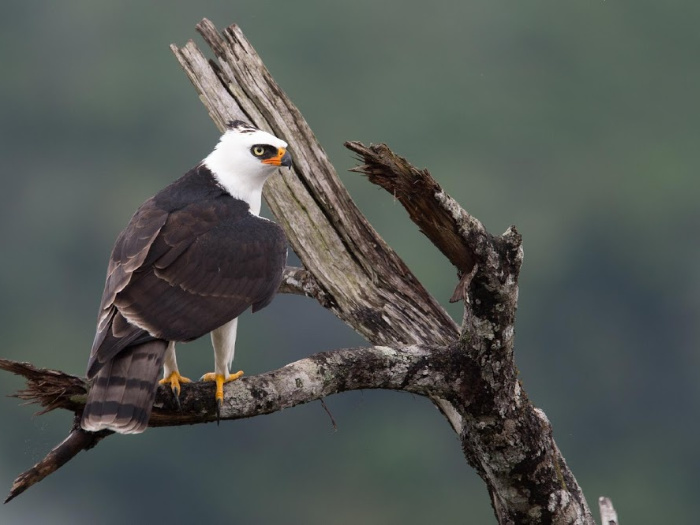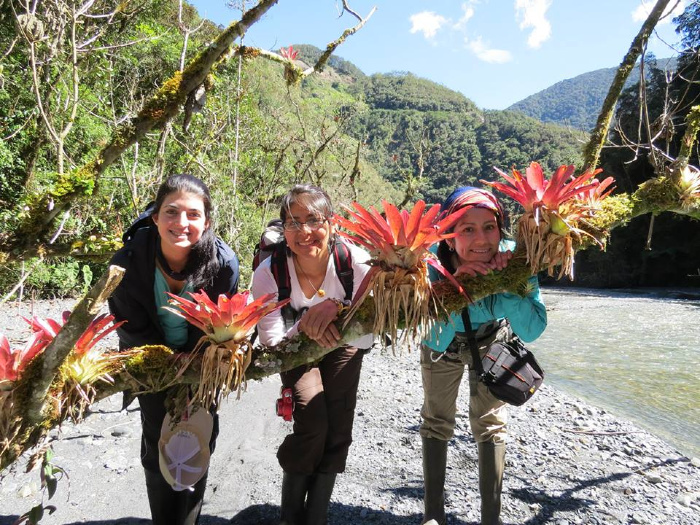In the 1980s, burning rain forests in Brazil drew worldwide attention to the plight of the Amazon Basin: Without a plan for development and conservation, would this vast forested “lungs of the world” disappear? And would it take with it all benefits to global air and water, human and animal diversity, scientific and medical advances?
Many international organizations rushed to develop plans for conservation and development of the lower Amazon. In the late 1990s, however, a small group of conservationists looked higher, to the source of the Amazon.
Amazon Conservation’s founding program provided support for Brazil nut harvesters in Peru as an incentive for protecting the forest, the first of many locally driven, pragmatic conservation solutions that are the hallmark of the organization.

Now a practice in use globally, conservation concessions entrust long-term protection of publicly-owned land to nonprofit institutions in exchange for investments in conservation and sustainable development. Amazon Conservation’s private-public partnership comprises 360,000 acres buffering world-famous Manu National Park—a small part but critical part of more than 1.5 million acres now protected through Amazon Conservation’s work.

Signaling our dedication to scientific discovery and application, we established a series of research stations that together comprise the most active research centers in the Amazon. Running along the altitudinal transect of the region, the particular geography of the research stations is designed to create a corridor providing an escape route for the tremendous flora and fauna of western Amazonia and the eastern Andes, now threatened by rapid climate change.
The organization has, in fact, been building the “ark” that will carry the greatest possible number of species through the period of climate change now upon us.
